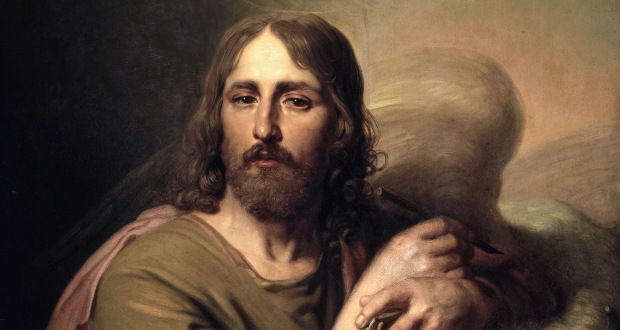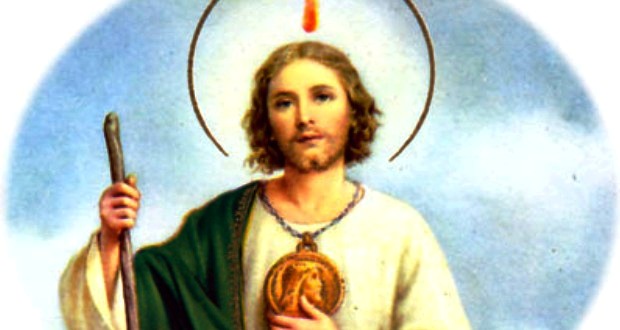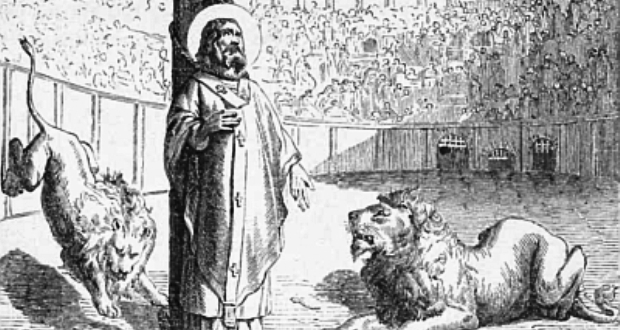St. Luke The Evangelist

Feast day: October 18th
He is the Patron Saint for: physicians; surgeons; doctors; artists; art guilds; painters; art schools.
Luke is discussed often in the Holy Scriptures, and himself authored two of its longest books. He was from Antioch, of Greek descent, maybe a slave. He was one of the earliest converts to Christianity following Jesus’ death and Resurrection. Although he never met Jesus or heard him preach, he worked closely with St. Paul and would have been acquainted with other apostles.
At the time of his conversion, Luke was a physician. He could have researched medicine at Tarsus, and there fulfilled St. Paul and been changed by him. In any event, following Paul’s vision of the Macedonian, Luke was one of those who took a trip with him on his 2nd missionary trip to Macedonia. He stayed behind at Philippi to continue the evangelical work there (around A.D. 51- 57). When Paul returned to Philippi on his third journey, Luke entrusted him and returned to Jerusalem. He was with Paul in Jerusalem when Paul was jailed, beaten and locked up, though he himself escaped, probably due to the fact that he did not look Jewish. Over the next 2 years (about 57- 59), while Paul was in jail in Caesarea, Luke saw him often. After Paul was released, Luke once again took a trip with him, and he was in Rome when Paul was imprisoned for the second and afterwards for the 3rd and final time. He would have been present when Paul was martyred, about the year 67.
Luke might have composed his Gospel in between Paul’s first and second jail time, although it is possible that he composed it later on, at the end of his life. His writing style is the most literary of any of the Gospels; he has been referred to as “a painter in words.” The Gospel is based mainly on Paul’s writings and teachings, together with Luke’s own experiences. It was meant for Gentile Christian converts like himself and emphasizes Jesus’ outreach to Gentiles. It is the Gospel of social justice and of the poor, and pays particular attention to women, particularly the Virgin Mary. Remarkably, Luke often juxtaposes accounts of wonders involving a man with an additional including a woman. For instance, the demoniac is healed (4:31- 37), then Peter’s mother-in-law is healed (4:38- 39); the centurion’s slave is recovered (7:1- 10), then the widow of Nain’s son is raised from the dead (7:11- 17); the Gerasene demoniac is recovered (8:26- 39), then Jairus’s little girl is raised and the woman with the haemorrhage is recovered (8:40- 56). Luke also runs through numerous of Jesus’ parables not related in other places, including those of the lost sheep, the Good Samaritan, the prodigal son, the Pharisee and the publican, the barren fig tree, and Lazarus.
Luke’s Acts of the Apostles is in a means a continuation of his Gospel, although it may have been composed prior to it. The earliest Christian writers contradict themselves on this point, as they do on when his Gospel was composed. Acts is a history of the very early Church, based in part on Luke’s own experiences. It might been have actually much better labelled as Acts of the Holy Spirit, because of its focus on God resolving the apostles.
Tradition has it that Luke was a painter in addition to a physician and a great writer. Without doubt he was “a painter in words,” and his descriptions of events such as the Annunciation, the Visitation, the Nativity, the Presentation and the shepherd and lost sheep have inspired countless artists. He is stated to have actually held a painting of the Virgin Mary with him wherever he went, and this is said to have been the source of lots of conversions. However, all the extant paintings attributed to him have actually been shown to be the work of other, later artists. The legend that he was a painter arose first in Greece, however was verified in the popular mind by a rough illustration discovered in the catacombs and engraved as “one of seven painted by Luca.”.
It is not known when and how Luke passed away. According to tradition, he passed away in Boeotia (in current Greece) at the age of 74 (potentially, 84). He is said to have actually been martyred, this is uncertain, provided the place and time. The churches of Constantinople (now in Turkey) and Padua (now in Italy) declare to have translations of his relics.
Luke’s emblem is the winged ox- the ox being the Jewish sacrificial animal- because his Gospel starts with the sacrifice in the temple by Zachary, the priest, father of St. John the Baptist. It may likewise allude to Luke’s focus on the atonement made by Christ’s suffering and death. In art, he appears as a physician or bishop with a book or scroll; painting the virgin; in a doctor’s cap and gown, holding a book; offering his book to St. Theophilus.



